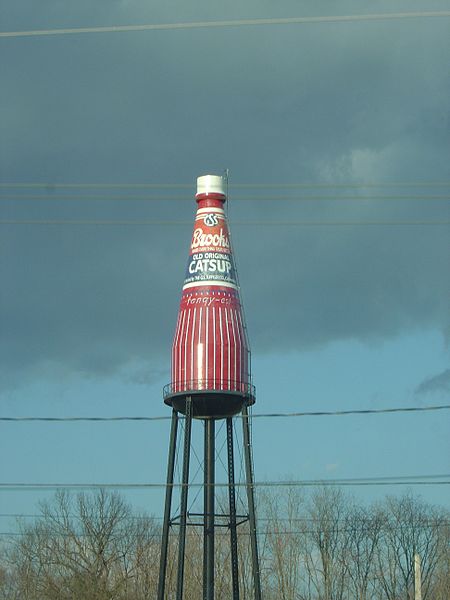Water Towers
Water towers can be easily identified by their massive, elevated tanks. Although regional subspecies differ slightly in shape, water towers are bulky as a rule due to their dependance on large quantities of circulating freshwater. An average mature Water tower will be about 200' tall, and can carry more than a million gallons of water at any given time! Some Water towers develop strikingly beautiful plumage, making them popular tourist destinations, although researchers can only speculate as to the function of these dazzling coats. Whether they help to attract a mate, deter predators, or something else entirely, it's always a treat to spot a blooming water tower out in the wild!
Subgroups
- Standpipe: an older subspecies, standpipes are quite simple and sturdy vertical tubes. Some are still alive today.
- Single Pedestal: emerging in the 1950s, this species can have spherical or spheroid tanks which bloom quite frequently.
- Hydropillar: also known as fluted column, this species is believed to have evolved from Standpipes with the development of a cone-shaped upper tank that gives the tower a Y-shaped silhouette.
- Multicolumn: these water towers can grow to be so massive that they have evolved additional legs, though the exact number varies. Impressively strong, Multicolumn towers often hold two million or more gallons at a time.
Organs
- Pipes: the powerful vascular system characteristic of water towers may at first appear quite straightforward, but in reality is anything but. Water towers' pipes must be sturdy enough to hold up to immense pressures, and form vast rhizomatic networks with other nearby structons. These pipes help support other structons even when other important towers (such as transmission or cellular towers) fail.
- Reservoirs: the centerpiece of the water tower's body plan is its reservoir, where its enormous capacity to carry water is on full display. While many individuals may pre-digest their water via assorted regional adaptations, the final and most important stage of the process occurs here. Shapes and materials vary quite widely, but the most common varieties are cylindrical or ovoid and composed of steel or concrete. The higher off the ground a water tower's reservoir is, the more hydrostatic pressure is put on its pipes, enabling wider networks of connections to other structons.
- Pumps: these relatively small organs play a vital role in a water tower's life, though they are as yet poorly understood. Water going in to the tower's primary digestive tract virtually always passes through a pump of some kind or another, except in rare cases where location permits gravity to do the heavy lifting. Many towers prefer to pump at night; it is speculated that this is due to lower demand from connected structons.
- Filtration Systems: when a water tower does not have sufficient access to clean water, it will develop secondary digestive organs to help ensure its reservoir stays clear of toxins or debris. Some take the form of flat pools on the ground, with or without reinforced membranes, while others may be fully enclosed tanks that to the untrained eye appear as entirely seperate entities. Filtration systems have even been found underground, and can grow surprisingly far from the main body if the conditions are too harsh nearby.

